 Balance is developed several ways within a picture world. Locating the focal point - the spot your eye goes first - in the center of the composition, is defensible if my goal is to create a meditative piece, but it's a location that also risks being static.
Balance is developed several ways within a picture world. Locating the focal point - the spot your eye goes first - in the center of the composition, is defensible if my goal is to create a meditative piece, but it's a location that also risks being static.Any other placement must be carefully considered. Placing an important design element too close to the edge or top of a composition leads the viewer's eyes right out of the picture. If these two gulls - mother and hungry child - were the only elements in this picture, their location so close to the right edge would be problematic! My eyes would veer to the right, encouraged by the sharp shadow point of the beaks, and might never come back to the beach.
In this picture the reflection of the humans balances the gulls. I look at the gulls, but then back to the reflections. The juxtaposition of the humans and the birds keeps my eye inside the picture world, where I can continue to look, and also reflect...
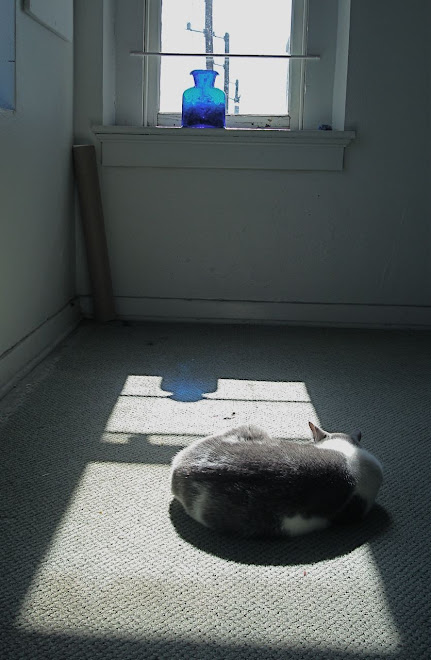
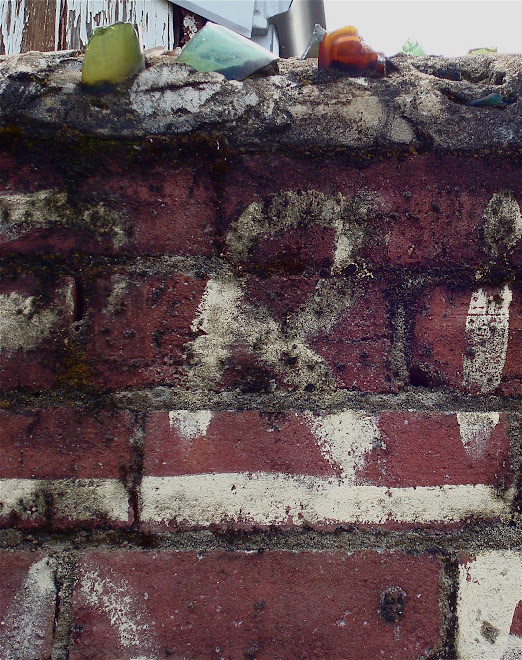
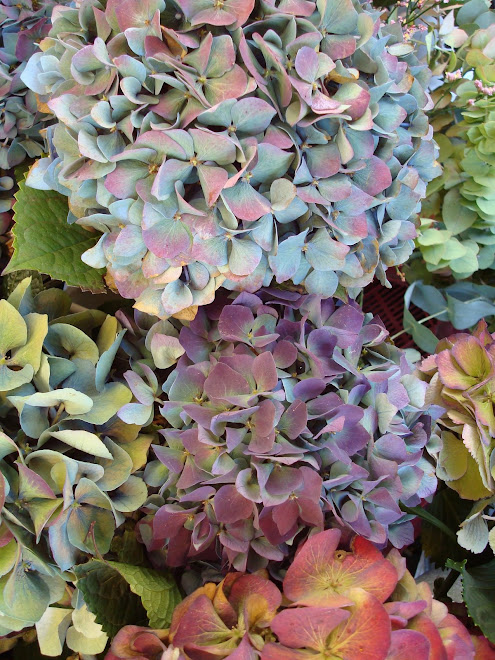
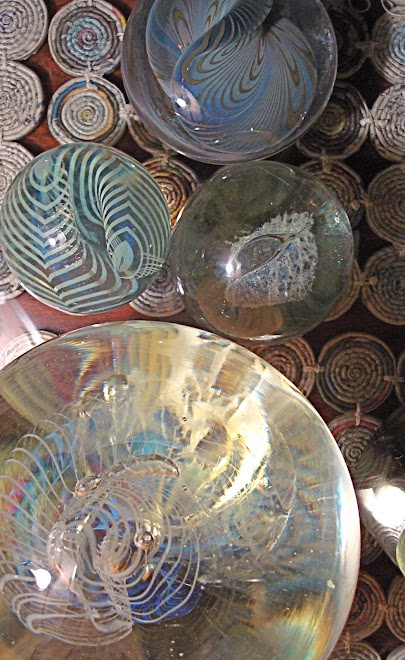
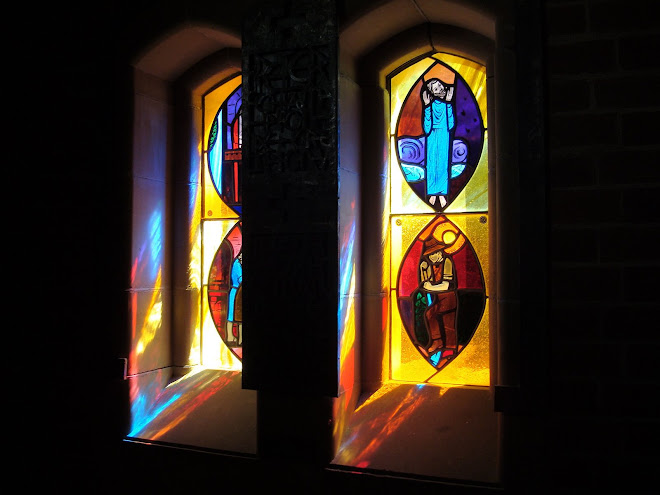







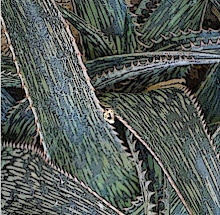
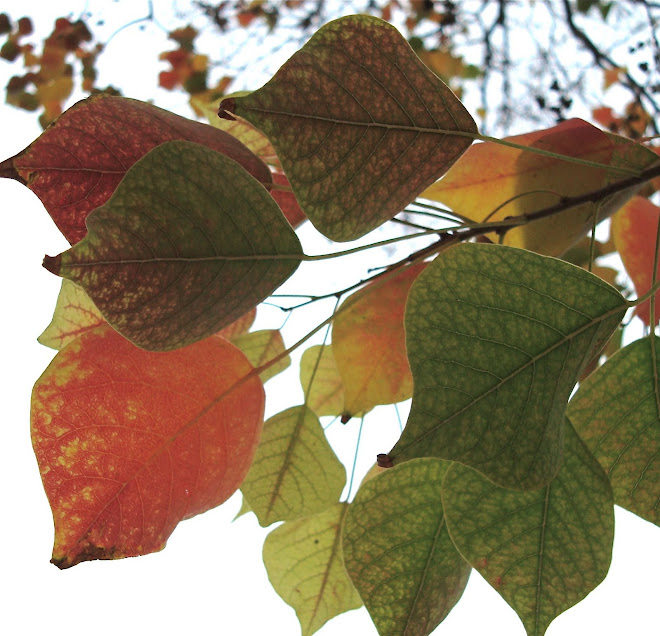
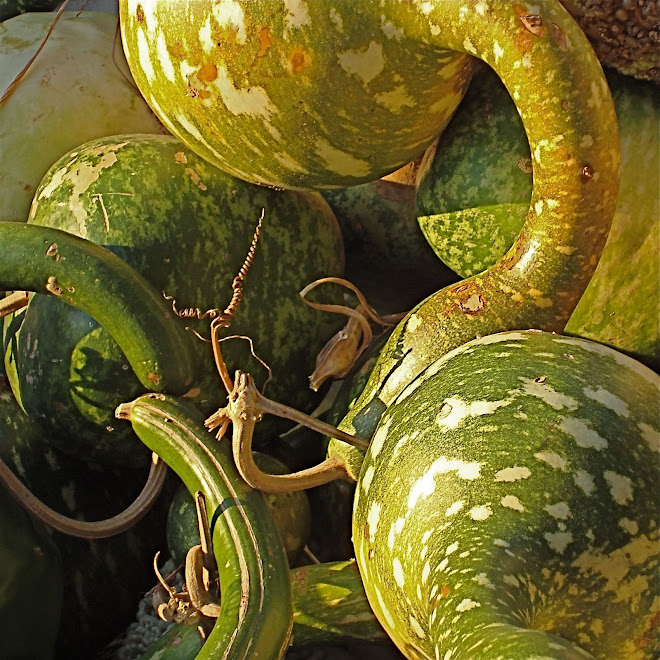
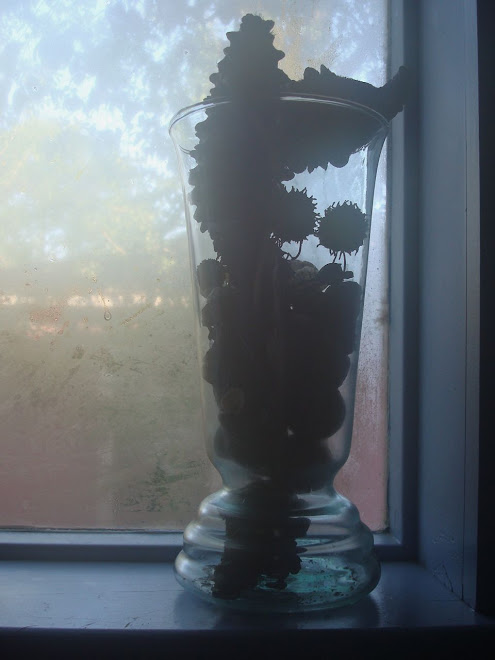
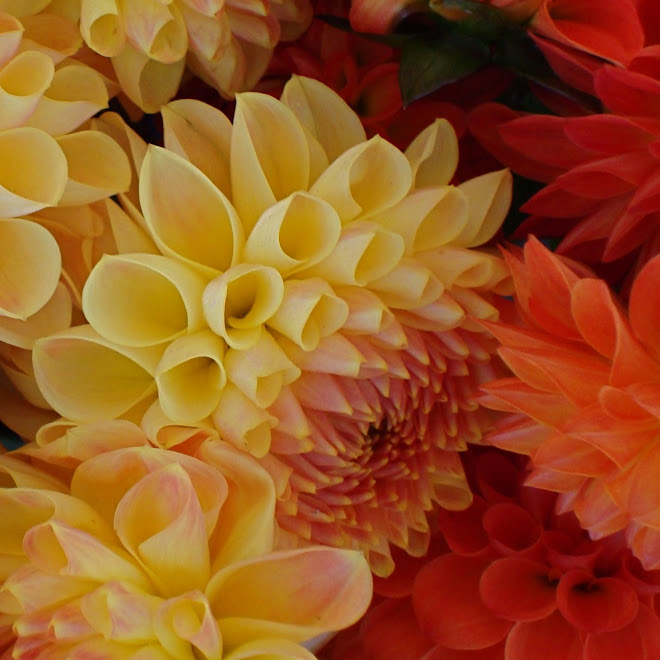
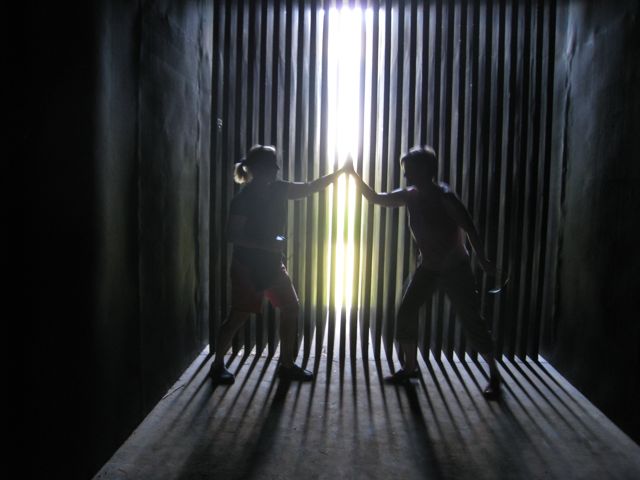
3 comments:
I am in awe of your ability to explain the "Why". I am learning so much--thank you!
I second that!
Thank you for helping us to look more effectively - I've found your comments so useful when considering my own work.
Thank you both, for taking time to write. I appreciate all the comments people make and often wish I knew how to email someone privately! If you make comments on a frequent basis and don't want to leave an email address here, think of writing to me just once at dunnewoldj@complexcloth.com, so I'll recognize you when you write about a Daily Visual. Thanks!
Post a Comment